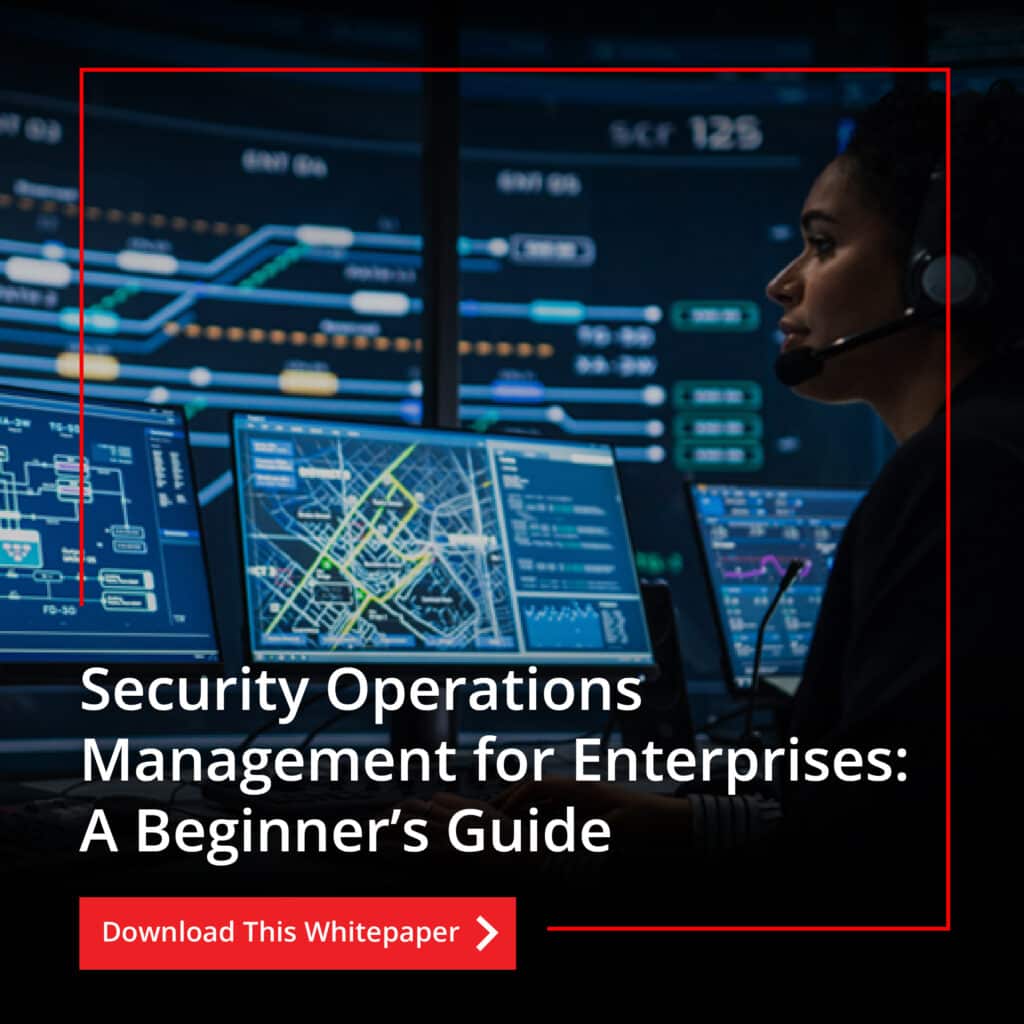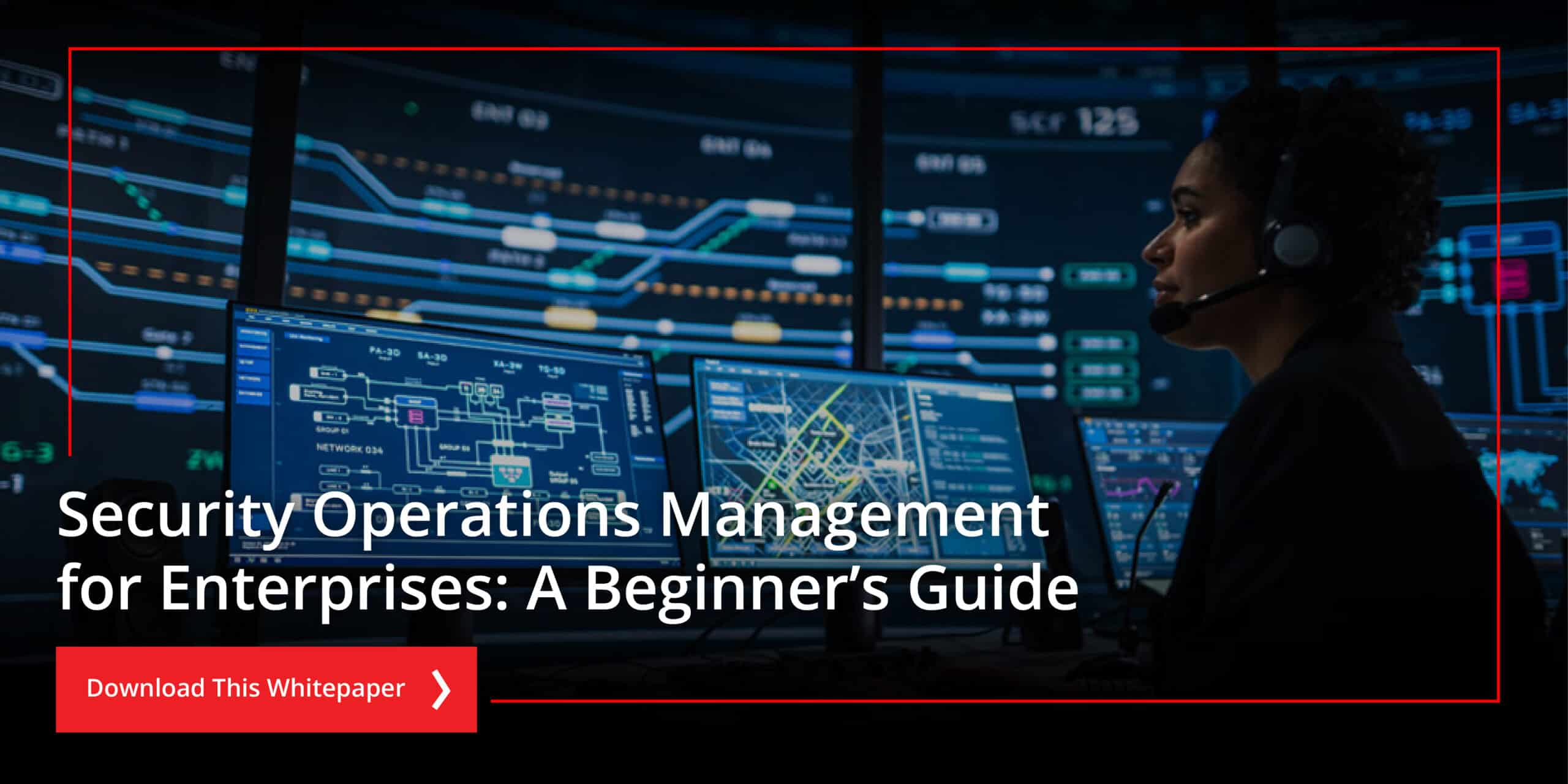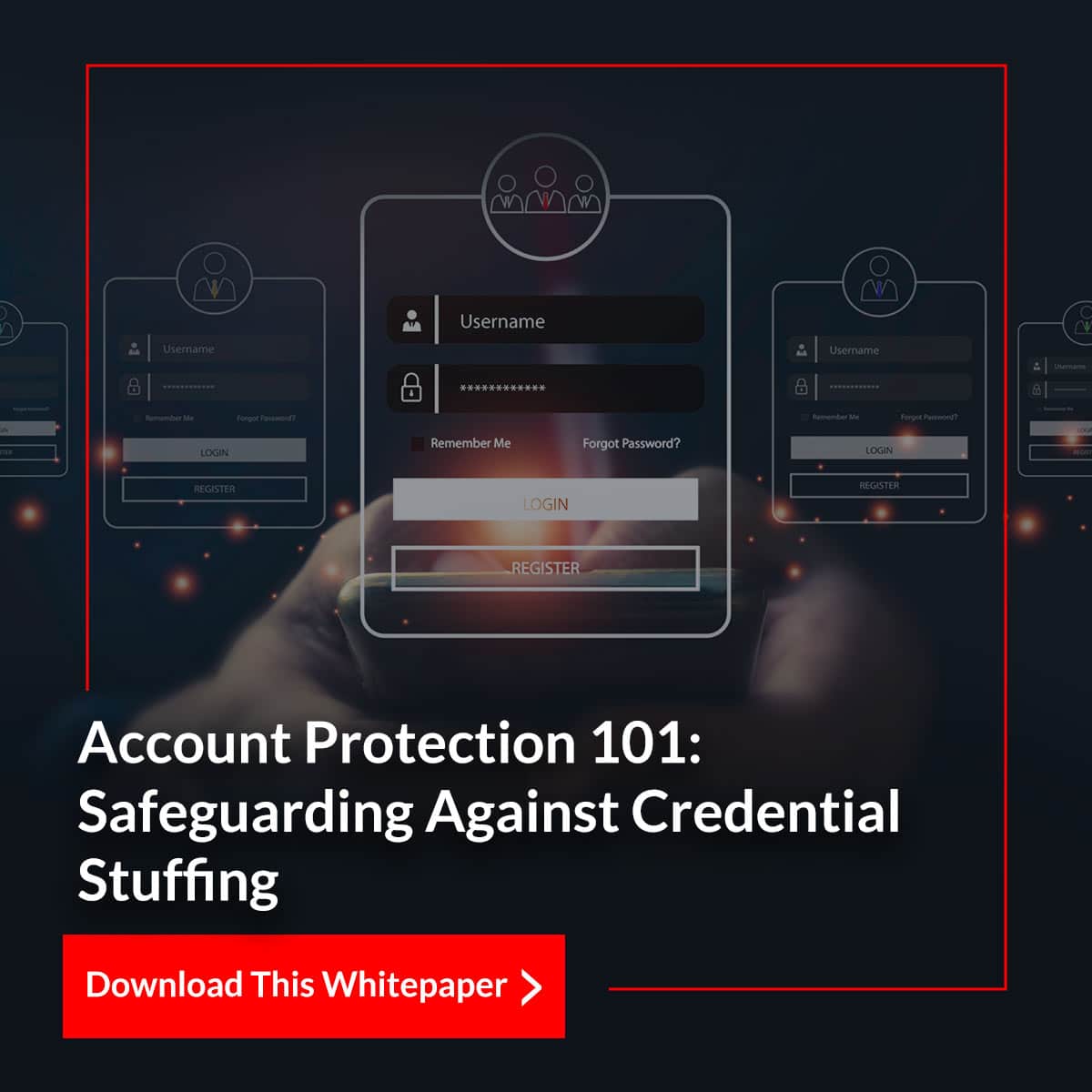Security Operations Management for Enterprises: A Beginner’s Guide
Security operations and management teams are indispensable for an organization’s security defense against cyber threats. The primary cause of many security incidents can be traced back to vulnerabilities within networks that threat actors can exploit to compromise data. When security protocols are disregarded, companies face significant economic losses as a consequence of these breaches. Therefore, the importance of robust security measures must be considered.
In today’s interconnected digital ecosystem, the scope and complexity of cyber threats are constantly expanding. Attack vectors evolve, tactics become more sophisticated, and new vulnerabilities emerge. Consequently, security operations and management teams must remain vigilant and proactive in their approach to cybersecurity. They must stay abreast of the latest threat intelligence, adopt best practices, and leverage advanced technologies to stay ahead of potential threats.
The EC-Council’s latest cyber security whitepaper, “Security Operations Management for Enterprises: A Beginner’s Guide,” emphasizes the critical roles played by Security Operations Centers (SOCs) and Security Information and Event Management (SIEM) solutions in fortifying an organization’s security posture. The document emphasizes the role of SOCs as a real-time monitoring and analysis hub for security incidents. They act as the first line of defense by continuously scanning for suspicious activities and mitigating potential threats across the network.
Moreover, the whitepaper highlights the role of SIEM solutions in complementing SOC by aggregating and correlating data from various sources within the IT infrastructure. By consolidating logs and security events, SIEM provides comprehensive visibility into the security landscape. Also, SIEM platforms facilitate compliance with regulatory requirements by generating audit trails and reports. Combinedly, SOCs and SIEM solutions form the cornerstone of an organization’s network security and management framework. However, these systems must be designed to be agile and responsive in the face of the evolving threat landscape, as cyber threats are dynamic and ever-changing.
In conclusion, “Security Operations Management for Enterprises: A Beginner’s Guide” is a comprehensive guide to SOC operations for organizations. Understanding the significance of SOC and SIEM solutions in security operations and management protocol is essential for safeguarding organizations against cyber threats. In the digital landscape marred by escalating cyber threats, these insights into network security enable organizations to stay ahead of threat actors and safeguard their networks.









